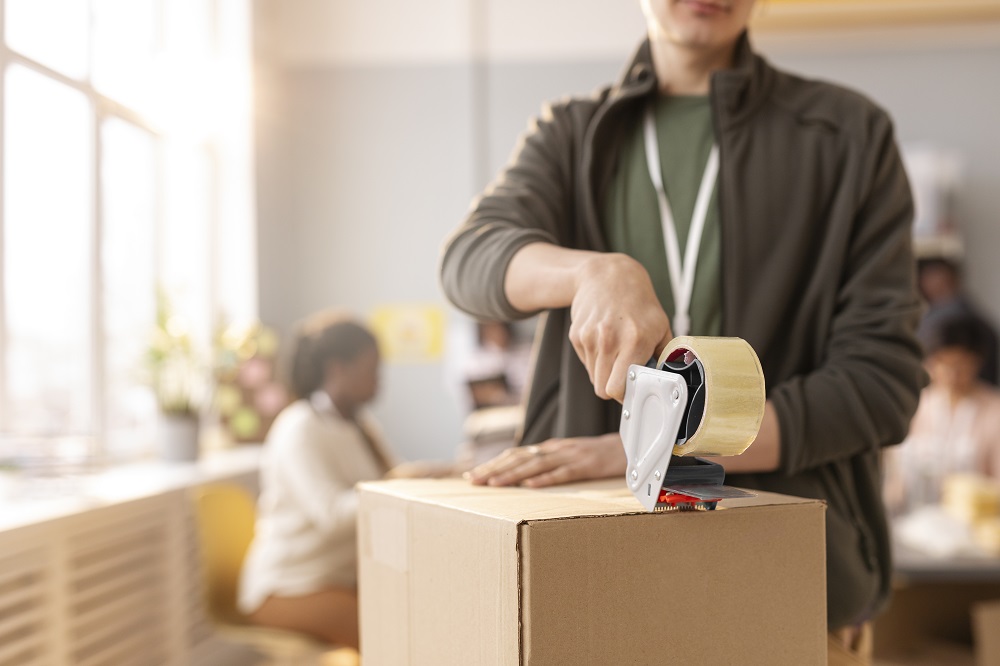DIY Roof Repairs: A Homeowner’s Guide to Tackling Common Issues
The roof serves as a crucial barrier between a home and the elements, shielding occupants from rain, snow, wind, and other weather conditions. It plays a vital role in maintaining the structural integrity of the building and ensuring the safety and comfort of its inhabitants. However, as roofs age, they are susceptible to wear and tear, which can manifest as leaks, cracks, and other issues. While some roof repairs may require the expertise of professionals, many common problems can be addressed by homeowners themselves, provided they have the necessary tools, materials, and knowledge.
This guide aims to empower homeowners with the information and skills needed to identify common roof issues and implement DIY repair solutions to keep their roofs in optimal condition for years to come.
Identifying Common Roof Problems
Before diving into DIY roof repairs, it’s essential to understand the common issues that can arise with residential roofs. Some of the most frequent problems include:
- Leaks: Leaky roofs are often caused by damaged or missing shingles, cracked flashing, or deteriorated sealant around vents and chimneys.
- Damaged Shingles: High winds, hail, and extreme weather can cause shingles to become loose, cracked, or missing, compromising the integrity of the roof.
- Clogged Gutters: Clogged gutters and downspouts can lead to water pooling on the roof, causing damage to shingles, fascia, and soffits.
- Flashing Issues: Flashing, which seals joints and edges of the roof, can deteriorate over time, leading to leaks and water damage.
DIY Roof Repair Solutions
Now that you’ve identified the common issues affecting your roof, let’s explore some DIY repair solutions that you can implement to address these problems:
- Patch Leaks: Begin by locating the source of the leak and inspecting the area for damaged shingles, cracked flashing, or deteriorated sealant. Replace damaged shingles, repair or replace flashing as needed, and reseal any gaps or cracks with roofing cement or silicone caulk.
- Replace Damaged Shingles: If you notice loose, cracked, or missing shingles, carefully remove the damaged shingles and replace them with new ones. Use roofing nails to secure the new shingles in place, ensuring a tight seal and proper alignment with neighboring shingles.
- Clean Gutters and Downspouts: Regularly clean gutters and downspouts to remove debris and prevent water from backing up onto the roof. Use a ladder and gloves to scoop out leaves, twigs, and other debris, and flush the gutters with water to ensure proper drainage.
- Repair Flashing: Inspect flashing around vents, chimneys, and other roof penetrations for signs of damage or deterioration. Replace damaged flashing with new pieces, securing them in place with roofing nails and sealing any seams or joints with roofing cement.
Safety Tips for DIY Roof Repairs
Before attempting any DIY roof repairs, it’s essential to prioritize safety and take precautions to prevent accidents and injuries. Here are some safety tips to keep in mind:
- Use Proper Safety Equipment: Wear sturdy shoes with good traction, gloves, and safety glasses to protect yourself from slips, falls, and injuries.
- Work in Pairs: Whenever possible, enlist the help of a friend or family member to assist you with DIY roof repairs. Having a spotter can provide an extra set of eyes and hands to help with tasks such as holding ladders and passing tools.
- Use Caution on Ladders: Always set up ladders on stable, level ground and secure them properly to prevent tipping or shifting. Avoid overreaching or leaning too far to the side while on a ladder, as this can increase the risk of falls.
- Monitor Weather Conditions: Avoid working on the roof during inclement weather, such as high winds, rain, or snow, as these conditions can increase the risk of accidents and injuries.
Conclusion: Empowering Homeowners to Tackle Roof Repairs
In conclusion, DIY roof repairs can be a cost-effective and empowering solution for homeowners looking to address common issues and maintain the integrity of their roofs. By identifying common problems, implementing DIY repair solutions, and prioritizing safety, homeowners can effectively tackle roof repairs and prolong the lifespan of their roofs. However, it’s essential to recognize the limitations of DIY repairs and seek professional assistance for complex or extensive roof issues. With the right tools, knowledge, and precautions, homeowners can take pride in caring for their roofs and protecting their homes for years to come.
References:










